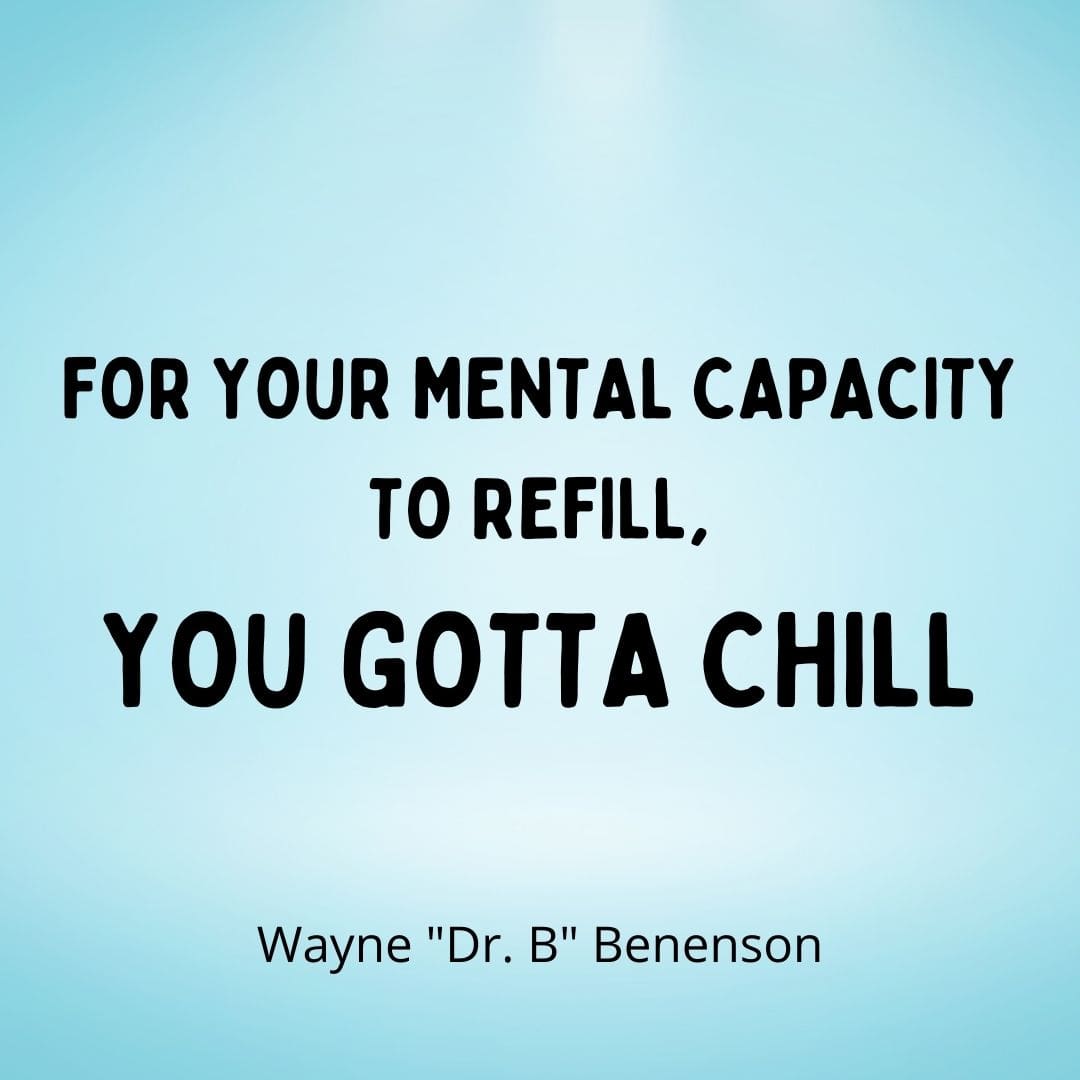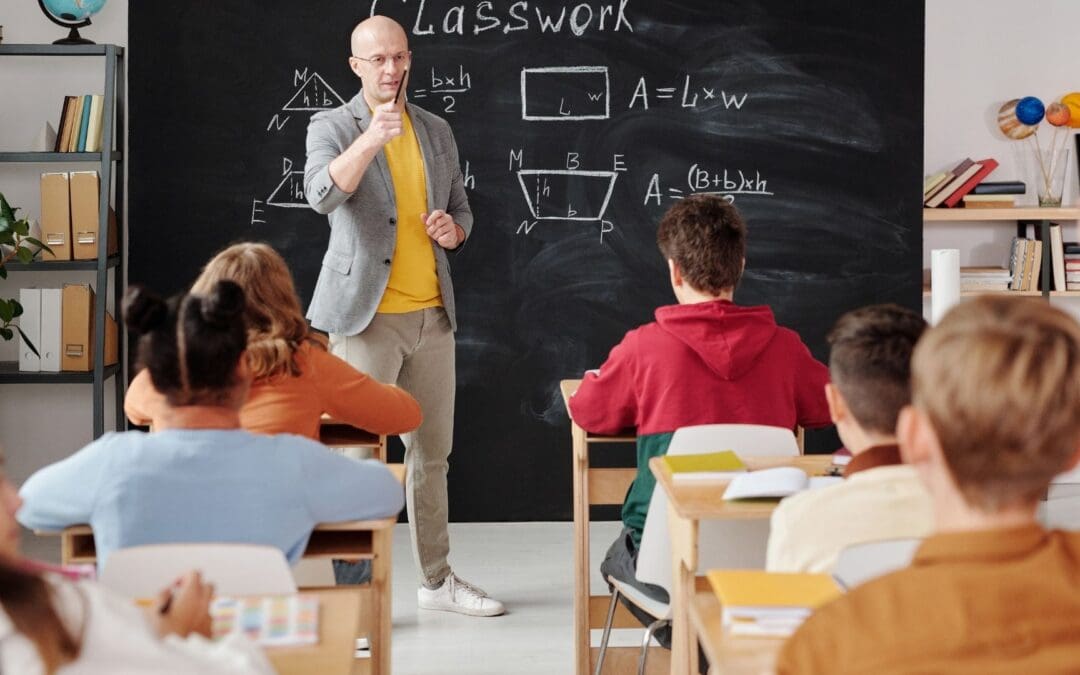By Wayne “Dr. B” Benenson, Ph.D.
One of the first things an effective teacher does before any lesson happens is to determine a student’s readiness for learning. There are so many potential obstacles to consider: a student’s ability to pay attention, whether the content is known or new, and, of course, answering the question: is curiosity part of the conversation? In short, how available is the student to addressing something new, be it cognitive or emotional or physical?
It’s a delicate balance. Teachers have to be aware of a student’s external and internal landscapes … plus exhibit a healthy dose of mindfulness as new knowledge and new skills get discovered. The trick of readiness is to make the unknown inviting, to make the difficulty of the task bite-size. When that works, teaching and learning become magical.
The first step of that magical journey is establishing a safe learning environment, especially if the new learning is confusing. In my experience, a safe space is a calm place. Here, performance anxiety is low (or nonexistent) and curiosity about the challenge is high. Learning happens organically when there’s enough bandwidth for the brain to absorb new information and braid it on to what is already known. Better still, is when the brain actually grows new structures that allows for braiding of more complex learning.
For that to happen, three parts of your brain – the prefrontal cortex, the amygdala and the hippocampus – have to work together. The prefrontal cortex (PFC) is the brain’s computer, using information to focus, analyze, reason and decide.
At midbrain, the amygdala regulates emotions and ties emotional meaning to our memories. Deeper in the brain, the hippocampus stores and processes facts and memories the PFC passes on to it. However, there’s a catch: the PFC gets information only when the amygdala is calm. When you feel safe and happy, the amygdala will pass information on to the PFC so you can think. However, when you feel threatened or anxious the amygdala will block information from going to the PFC. So, irony of ironies, for your mental capacity to refill, you gotta chill.

So how do you get these parts to work together? The short answer is to find your calm place. It seems so counterintuitive but it works.
When you are consciously aware of becoming calm and not actively focused on a task, a portion of your brain lights up. When this happens, attention is heightened and pathways for connecting new information are created. It’s the difference between having your “mind full” or being “mindful.” Using a mindfulness prompt like conscious breathing can quiet the mind when distractions hijack your attention. Finding your calm place quiets the negative self-talk (“I’m just no good at ______.”), when the mind zones out to new information.
Taking deep, full breaths calms your amygdala and helps you think and remember more clearly. When you learn something new, you make new connections between the neurons of your brain. As the neurons carry new messages they grow branch-like structures (dentrites) that act like antennae. They pick up the new message more quickly and clearly with every repetition. At the same time, an opposite process is happening. Those messages that don’t get used shrivel up. Neuroscientists call this tuning and pruning; neurons that fire together, wire together.
Sometimes it takes many repetitions before the new learning sticks. When something happens to you in a moment when your brain is “too full” (i.e. your amygdala is shut down) you can intentionally find your calm place within. Use conscious breathing to manage what’s happening inside of you.
Training yourself to be mindful while in the muck helps you notice what you are doing which can ready your brain for new learning.
Training yourself to be mindful while in the muck helps you notice what you are doing which can ready your brain for new learning. You are operating from the eye of the storm, not the periphery, to quiet judgmental thoughts (about self or others) or overly reactive behavior. Making corrections from a calm place allows you to adjust the level of difficulty of a task to provide an appropriate level of challenge. That’s what teachers do to help a student become ready to learn.
Homework
Be an anonymous teacher to someone you know who is struggling to break an unwanted habit or learn something new despite gnawing resistance. Can you encourage him or her to open a new door, to show them something they’ve seen before but overlooked a hundred times or more?
Dr. B, aka Wayne Benenson, Ph.D., has had lots of career opportunities to be mindful: as an elementary and early childhood teacher, a college professor and a researcher on peer mediation. He currently offers mindfulness tutorials, short and sweet (20 minutes), via Zoom. For more information check out his Facebook page at or contact him here.

